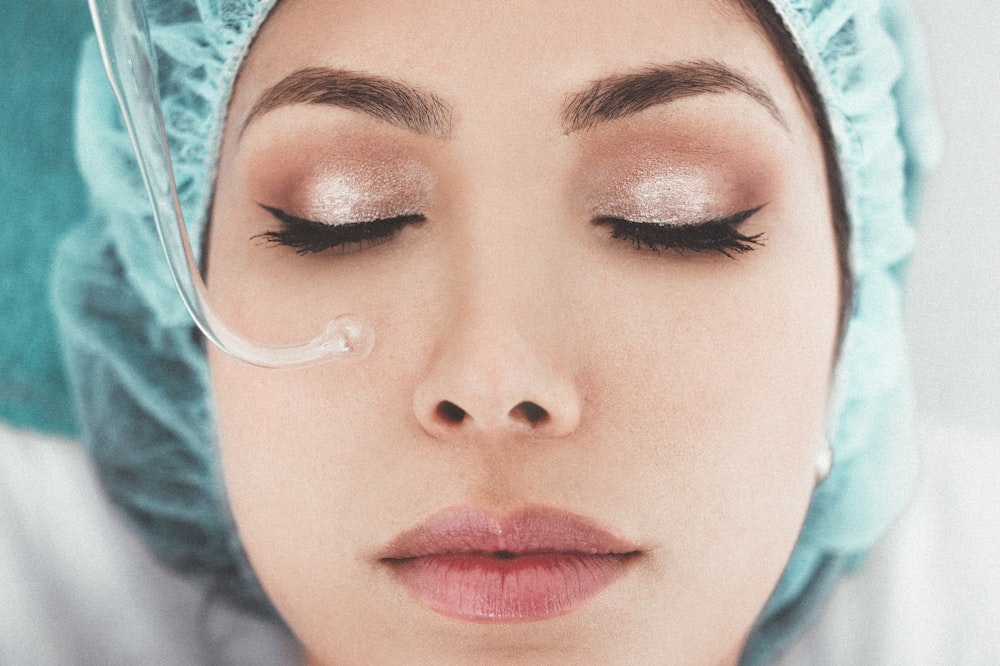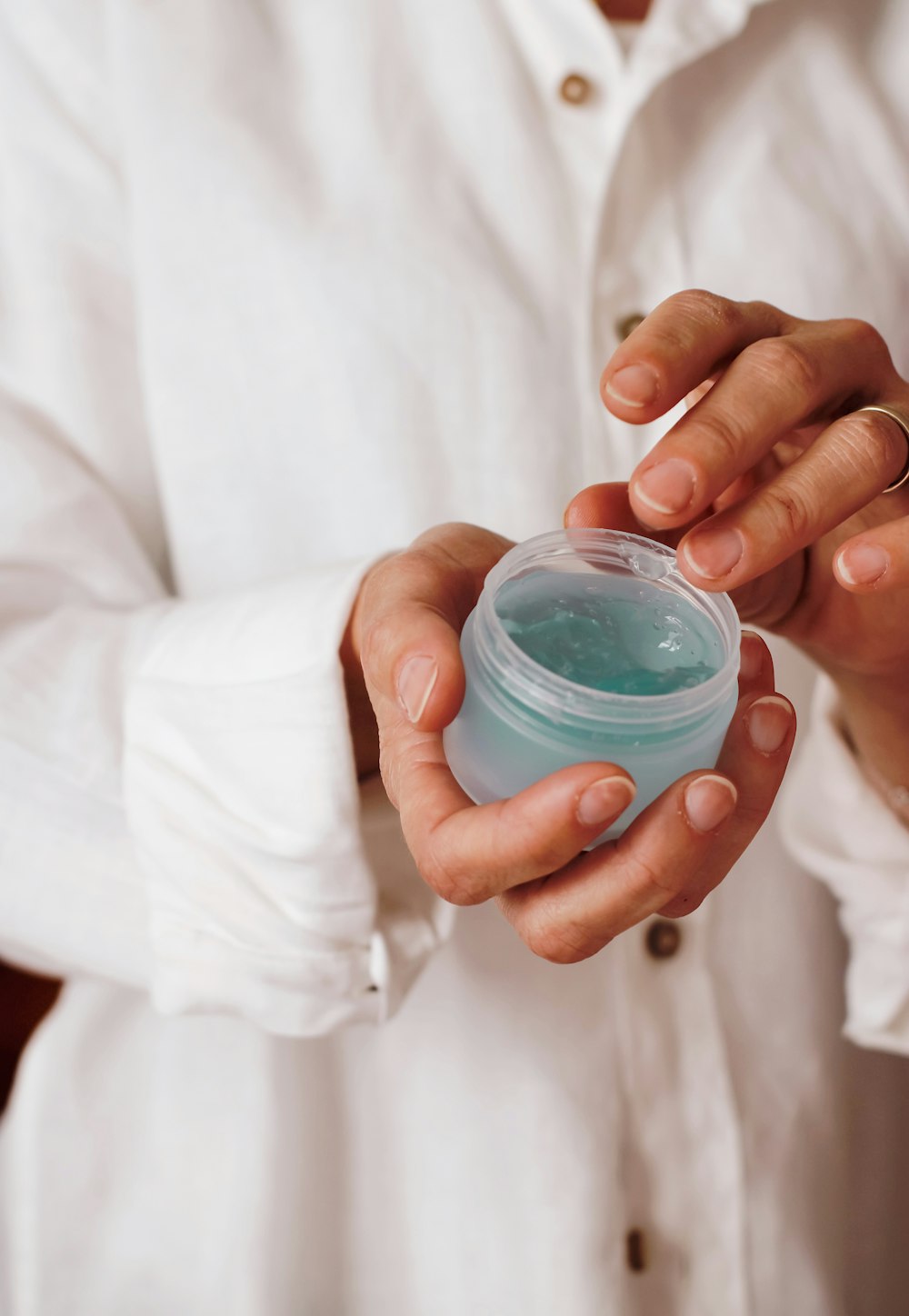Microneedling (also known as collagen induction therapy) is a popular skincare treatment that rejuvenates this system while also encouraging collagen growth. This technique employs a derma roller with numerous tiny needles attached to its head, which lightly punctures the top layer of your skin. Microneedling causes microscopic wounds and stimulates the skin’s natural healing mechanism. This regenerative system, similar to a muscle, increases protein synthesis and improves skin texture by recovering throughout the healing process.
Due to the technique’s complexity, micro-needling preparation and aftercare may make all of the difference in terms of protecting and enabling your skin to get optimal long-term effects. We’re here to walk you through every step of the way, from start to finish.
How To Prepare For Microneedling

Remember that this is not your typical facial, and some of your medical records are important to consider before scheduling an appointment. There are a variety of items you may need to avoid using in the weeks (or months) leading up to your micro-needling treatment, including prescription medications, supplements, and beauty treatments. It’s critical to modify any routines before pricking your skin into your pores if you’re qualified.
Take Inventory Of Your Medications
It’s easy to overlook this step as you get ready to schedule a treatment. Those with acne-prone skin should avoid micro-needling for six months before their wedding. The crux of this precaution is twofold. These antifungal drugs are powerful medicines that can increase your skin’s sensitivity and make it more vulnerable to irritation. Most people on these medications take them to cure current acne, which makes the skin more prone to bacterial infection.
Blood-thinning drugs, such as Aspirin, ibuprofen, and other nonsteroidal anti-inflammatory medications (NSAIDs) or nutritional supplements including Fish Oil, vegetarian Omega-3s, Vitamin E, turmeric, ginger, and garlic tablets should not be taken within 72 hours of the procedure. These items can prevent your blood from clotting, which might impede your skin’s recovery activity.
If you’re prone to cold sores, take an anti-viral pill 48 hours before and the day of your procedure to avoid any flare-ups. For more information on your specialized requirements, see your medical aesthetician or general doctor.
Modify Your Skincare Routine
Treat your skin like it’s extremely sensitive for the several days leading up to your appointment. These standards include restricting your exposure to harsh chemicals and UV radiation in practice.
For at least 48 hours before micro-needling, you should avoid using abrasive skincare products like retinol, exfoliants, topical antibiotics, and acids.
Your Skin Will Be Primed, Whether You’re Prepared Or Not
On the day of your appointment, make sure to cleanse and moisturize your skin thoroughly. The area will be calm if you use a mild cleanser and lotion, preventing germs and dirt from entering the skin. If you don’t do this step, your dermatologist or medical aesthetician will take care of it for you by washing and drying your face.
After that, your practitioner will apply a very thick layer of numbing cream, such as Zensa Numbing Cream, to prevent you from feeling (much of) the discomfort caused by the needles going into your skin’s surface. The cream will be left on your skin for at least 30 minutes before your micro-needling procedure starts. Your expert will wipe it away in little sections to ensure maximum numbness throughout the treatment.
Microneedling Aftercare

It’s essential to take care of yourself after having micro-needling treatments. Your cosmetic dermatologist or medical aesthetician will advise you on how to properly care for your skin after the procedure. During the wound-healing process, avoid catching any germs from other people by following your dermatologist’s or medical aesthetician’s instructions carefully.
What To Avoid After Microneedling
The first few days following the operation are when your skin is most vulnerable. To avoid irritation, infection, or inflammation of the region, avoid using harsh chemicals or potential germs in your skincare or lifestyle regimens. Keep in mind that if you experience any peeling, dryness, or even a few spots during the process, this is to be expected.
It’s best not to apply makeup for at least 24 hours (the longer you can go bare-faced, the better) and avoid sweating while exercising or being exposed to direct sunshine for three days following micro-needling.
During the healing process, you should also avoid using any exfoliating skin devices (for one week) or receiving any cosmetic treatments (for at least two weeks).
Caffeine, alcohol, and processed foods can dehydrate your skin and slow down the healing process. Limiting these things in your everyday routine will only help you achieve greater results.
Glowing Results
The most important question, of course, is when you will notice the final effects. Depending on your requirements and expectations, there is a clear and deeply personal response.
Within a week, you should notice a considerable difference in the texture and brightness of your skin. All of the redness should have gone by now. Small breakouts might persist for some people at this point. Collagen production should speed up over the next three to four weeks to give your skin a smoother, more radiant appearance.
For individuals seeking to correct visible indications of aging (or give skin a pick-me-up) in the shortest period, three treatments every three months should be enough. You may require anywhere from three to six treatments to notice significant improvement for skin issues like scarring, stretch marks, and sagging skin.
Final Thoughts
Microneedling is a form of microdermabrasion that can be done at least four times each year. In between sessions, it’s fine to microneedle your skin every four to six weeks. Over time, your skin will undoubtedly change in appearance. Fortunately, this therapy targets a variety of aesthetic concerns including uneven skin tone and wrinkles, acne scarring, and more.
Most people can have refresher treatments at any time of year without danger as a non-invasive treatment. While this common practice may appear to be only about appearances, it should also be considered a self-care strategy that allows you to accept the skin you’re in.


